U.S. News
These Major Food Brands Are Cutting Artificial Dyes Amid FDA Crackdown
By Jake Beardslee · August 5, 2025
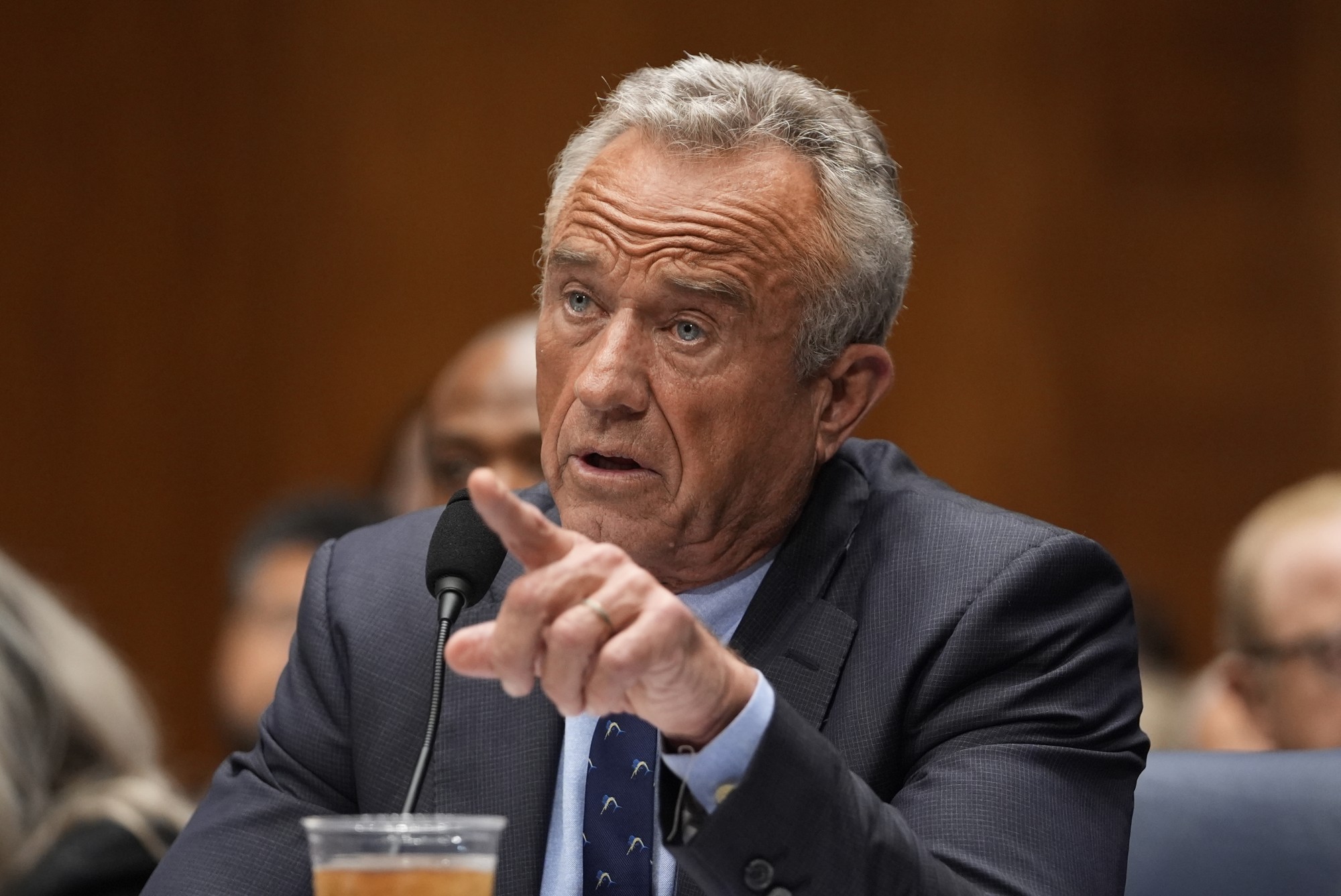
These Major Food Brands Are Cutting Artificial Dyes Amid FDA Crackdown
Under pressure from regulators and consumer advocates, several major food companies are pledging to eliminate synthetic food dyes from their products. While the Trump administration is taking credit for these shifts under its “Make America Healthy Again” (MAHA) initiative, many of the changes were already underway due to shifting market demands and state-level restrictions.Health and Human Services Secretary Robert F. Kennedy Jr. has framed the dye removals as part of a broader campaign to tackle chronic disease in America. “HHS is confronting the root causes of chronic illness that previous administrations were too timid to address,” an HHS spokesperson said. Jack Gruber-USA TODAY via Imagn Images
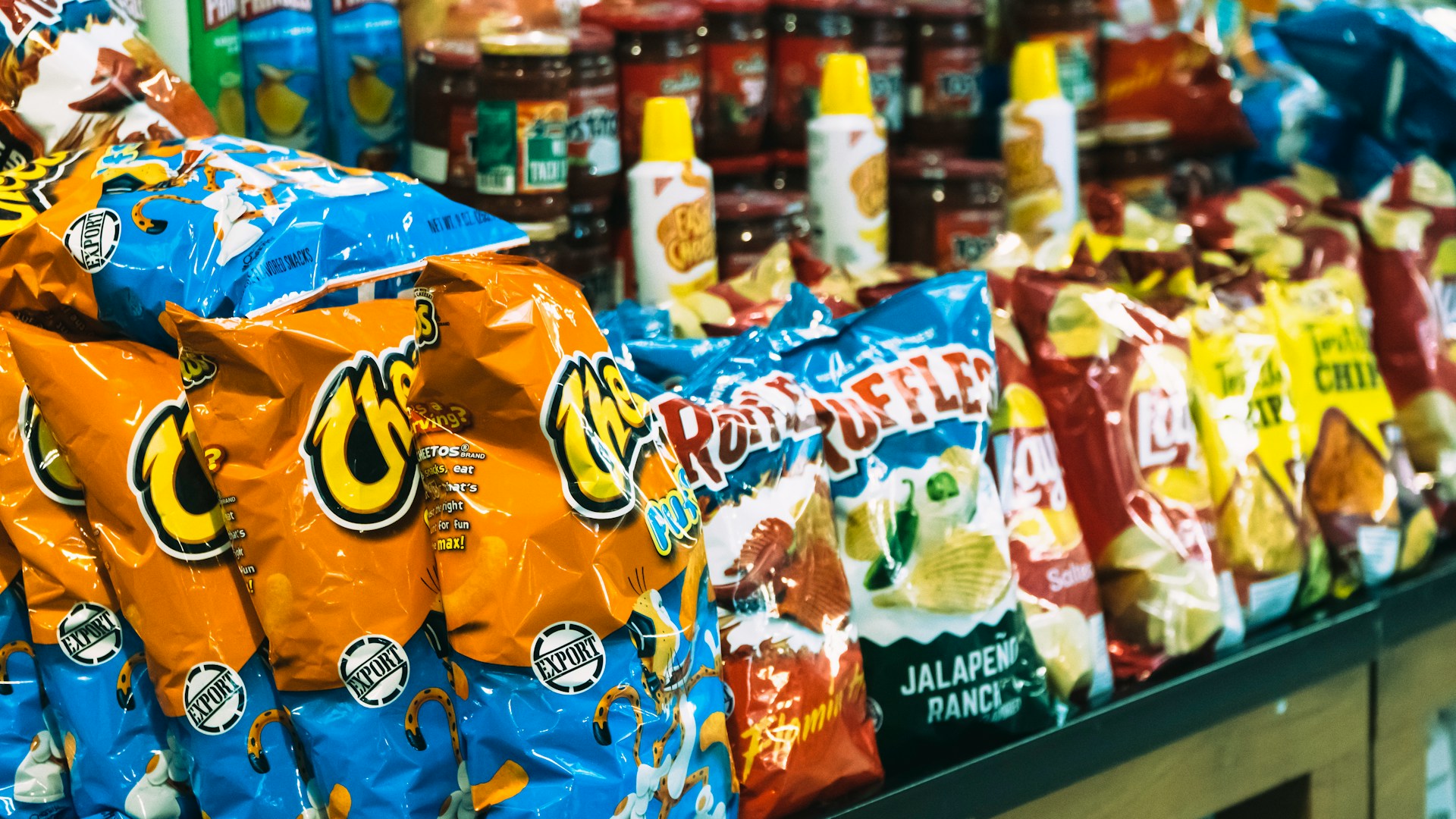
Dye-Free Doesn’t Mean Healthy, Critics Warn
However, critics argue the focus on food dyes is largely symbolic, calling it “PR” rather than policy. Dr. Barry Popkin of UNC told CNN, “These are cosmetic changes with no health impact. They just allow the MAHA people to say they had a victory.” Public health experts say real progress would mean confronting the broader issue of ultra-processed foods, which account for nearly 70% of the U.S. food supply.Even so, the recent wave of reformulations is reshaping the grocery landscape. Here’s a look at which brands are cutting artificial colors—and what it could mean for your snacks. Ishaq Robin / Unsplash
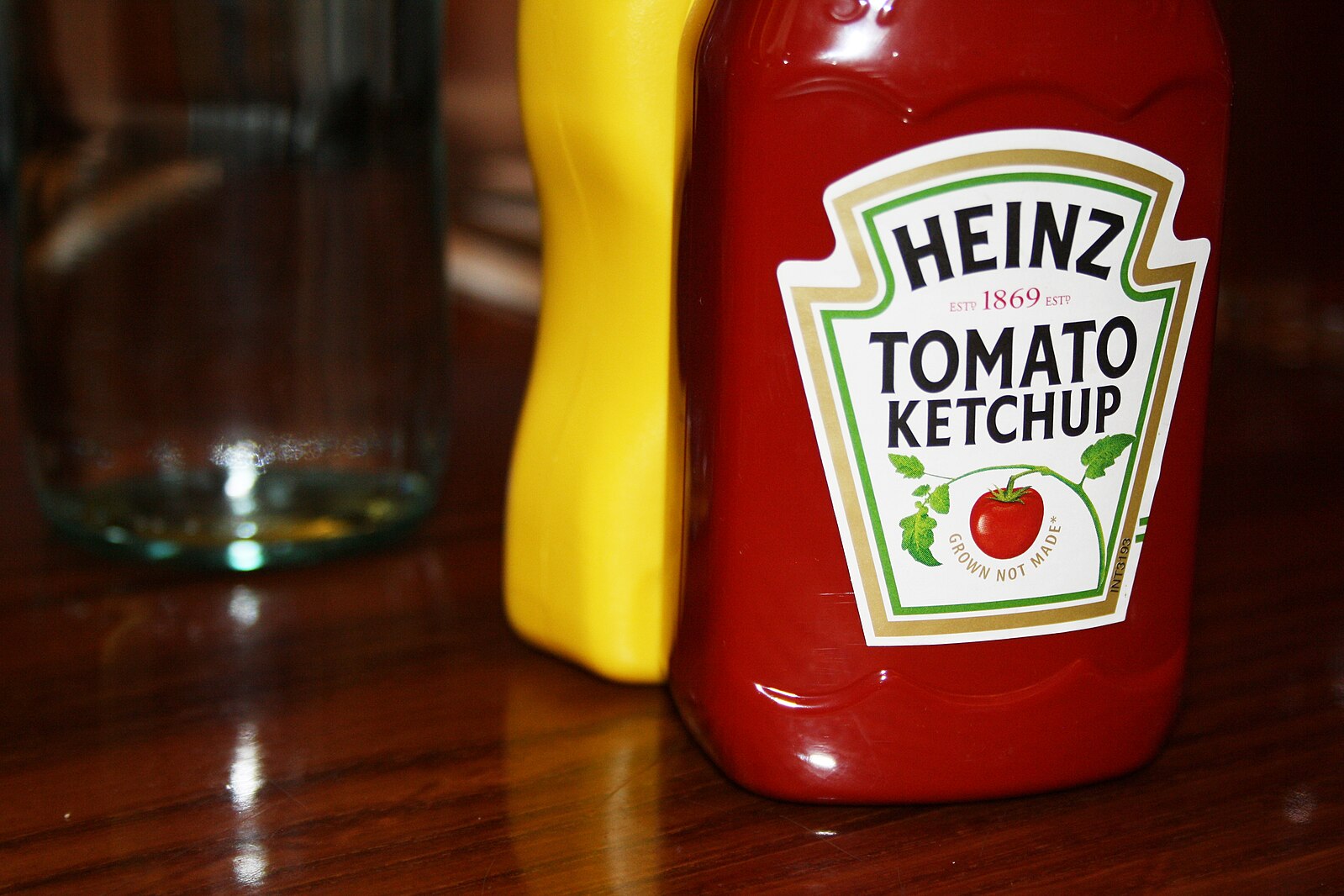
Kraft Heinz
Kraft Heinz plans to eliminate all petroleum-based dyes from its U.S. products by the end of 2027. Popular items like Kool-Aid, Crystal Light, and Jet-Puffed marshmallows are expected to be reformulated. The company says the shift reflects its broader effort to modernize its portfolio and respond to changing consumer health preferences. “Our iconic Heinz Tomato Ketchup has never had artificial dyes,” noted North America President Pedro Navio. SunOfErat, CC BY 3.0 https://creativecommons.org/licenses/by/3.0, via Wikimedia Commons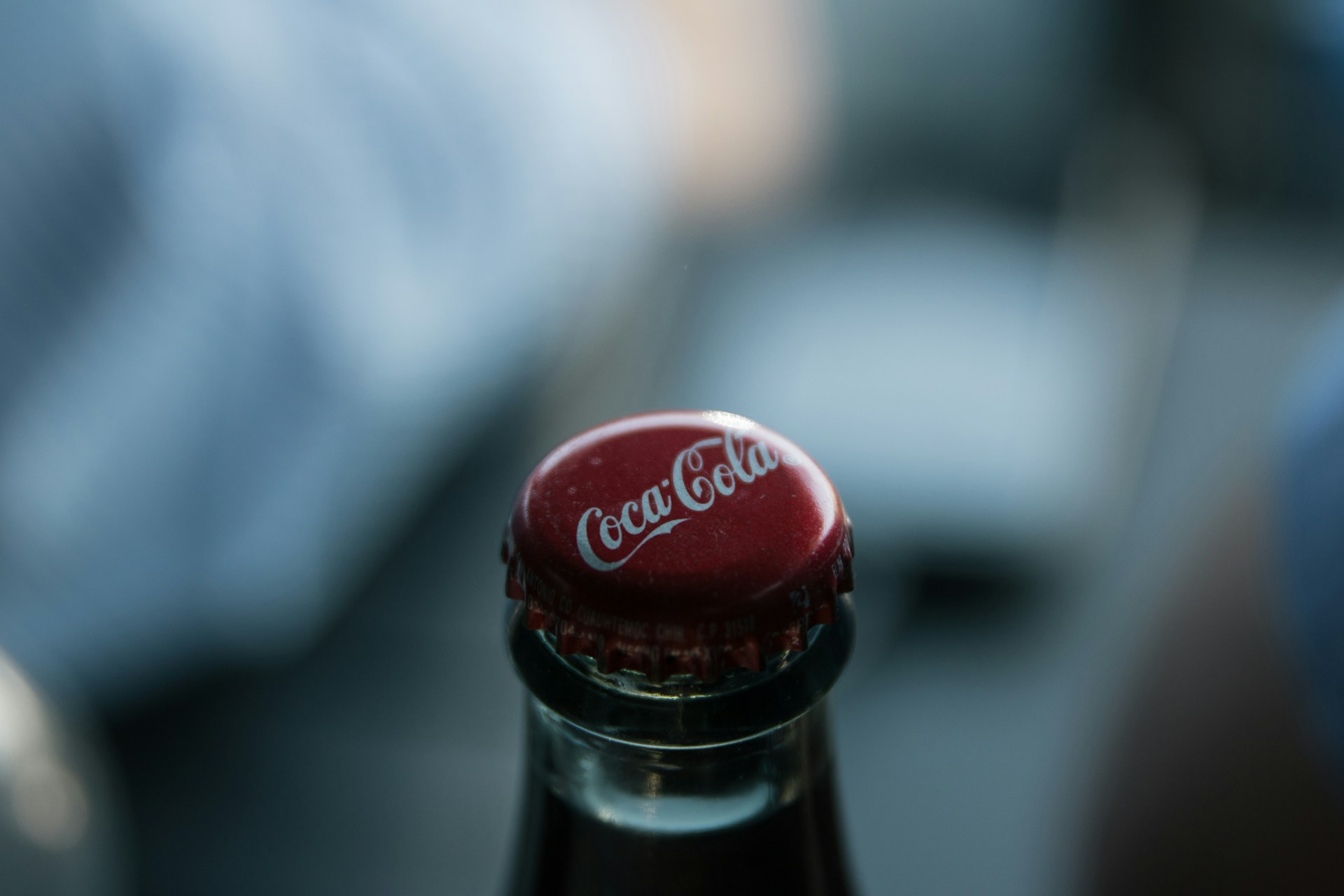
Coca-Cola
The beverage giant will roll out a new version of Coke using U.S. cane sugar in place of high-fructose corn syrup this fall. Though not directly tied to dyes, the company is positioning the move as part of a broader health-focused effort. Jordan Whitfield / Unsplash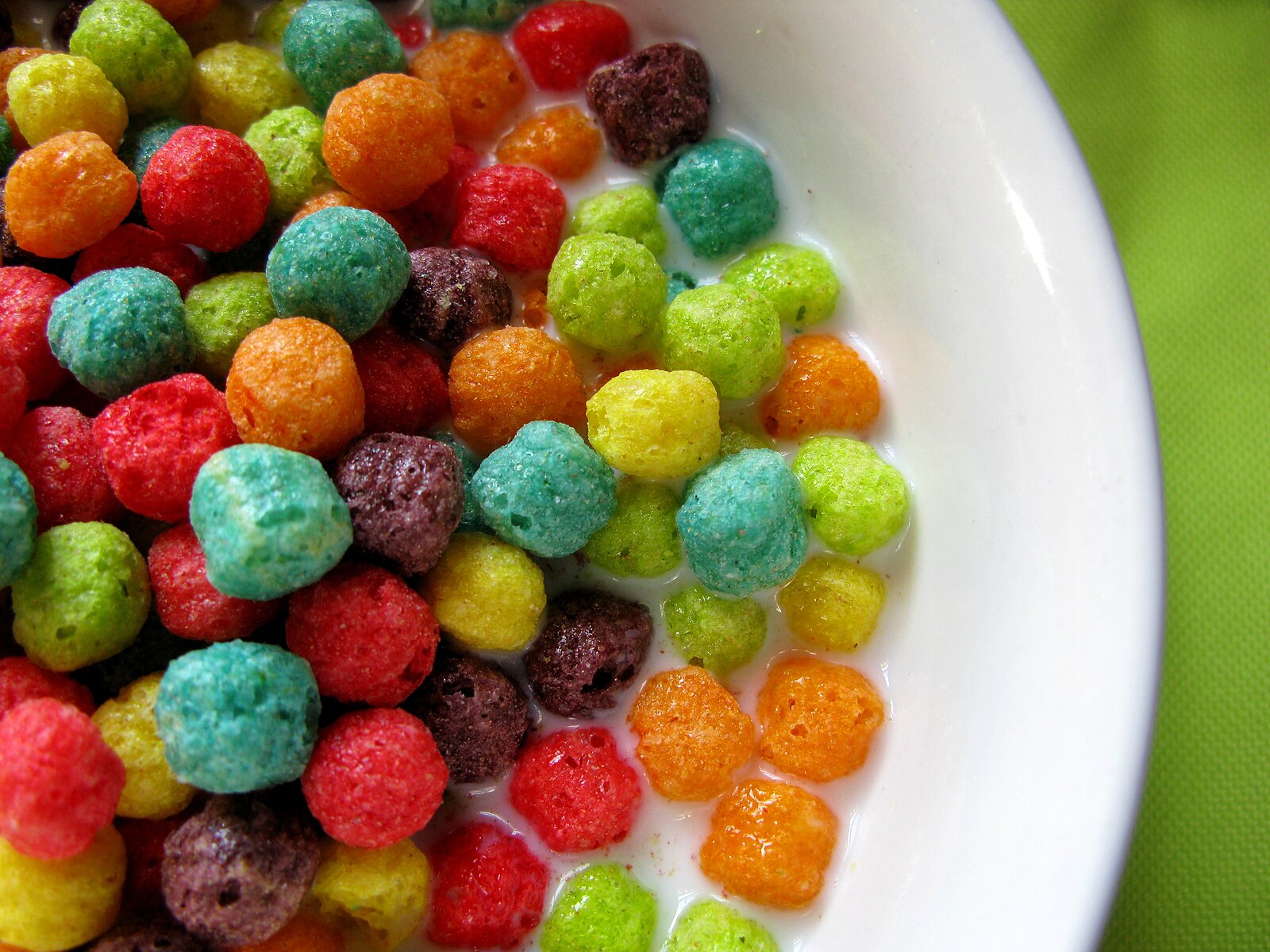
General Mills
General Mills is removing certified (FD&C) colors from all its cereals and U.S. product lines, including favorites like Trix, Lucky Charms, and Fruit Roll-Ups. “Reformulating our product portfolio to remove certified colors is yet another example” of responding to consumer needs, said CEO Jeff Harmening. frankieleon, CC BY 2.0 https://creativecommons.org/licenses/by/2.0, via Wikimedia Commons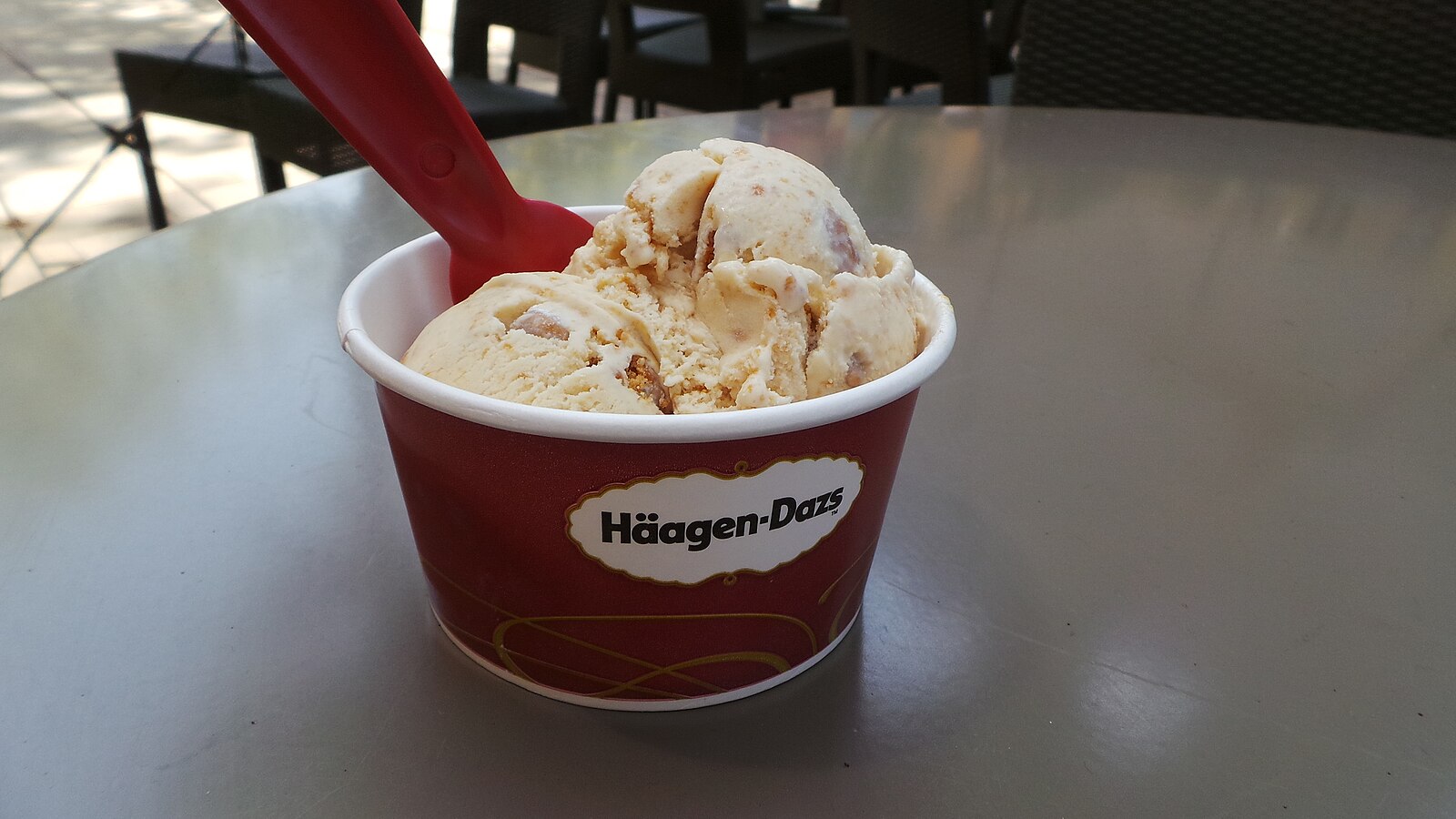
Nestlé USA
Nestlé USA aims to eliminate all FD&C colors by mid-2026. Brands under its umbrella include Lean Cuisine, Stouffer’s, Nesquik, Toll House, and Häagen-Dazs. CEO Marty Thompson said the changes align with efforts to refine recipes and add more nutrient-dense options. Gtx5841, CC BY-SA 4.0 https://creativecommons.org/licenses/by-sa/4.0, via Wikimedia Commons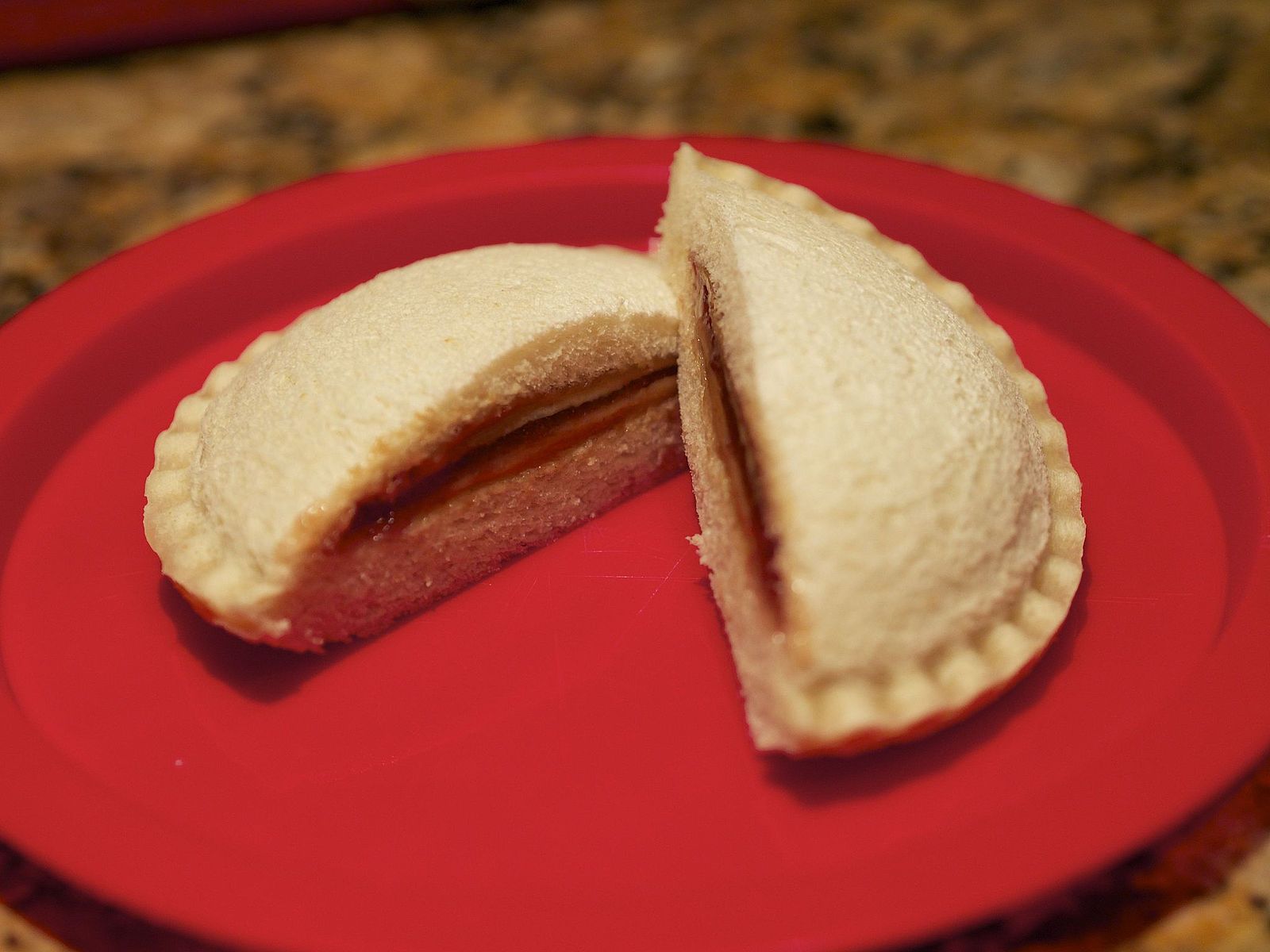
J.M. Smucker
Smucker has pledged to remove FD&C dyes from sugar-free fruit spreads, ice cream toppings, and certain Hostess baked goods by 2027. “Our commitment... represents the latest example of our desire to evolve,” said CEO Mark Smucker. Austin Kirk, CC BY 2.0 https://creativecommons.org/licenses/by/2.0, via Wikimedia Commons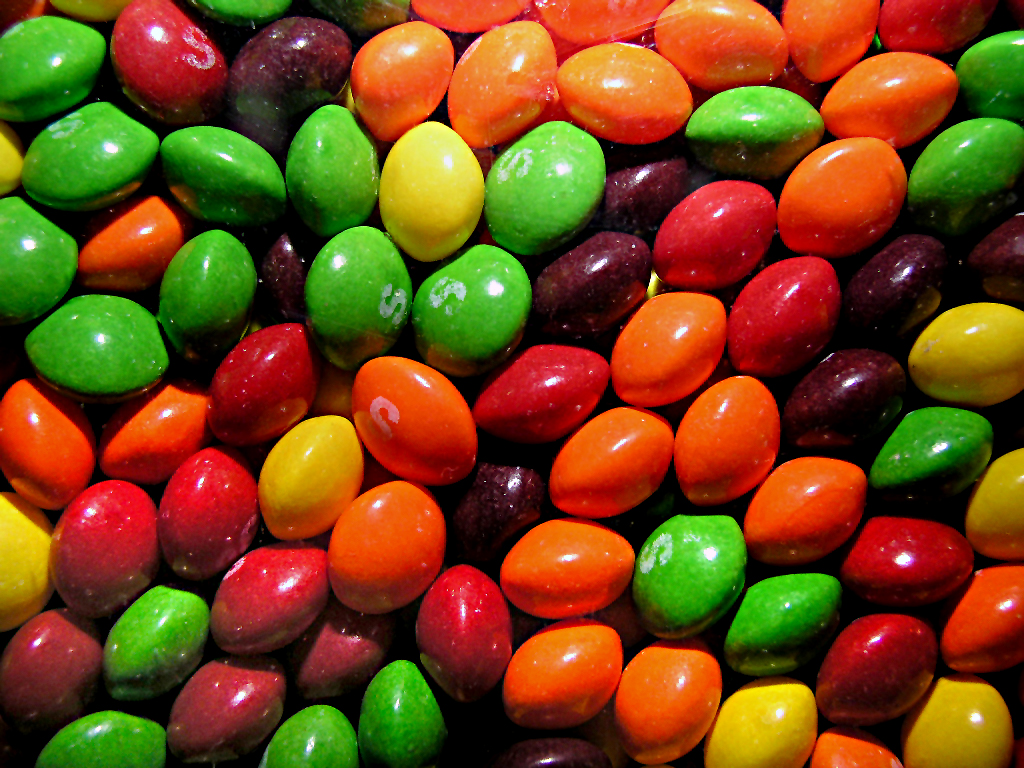
Mars (Skittles, M&M’s)
Mars has yet to announce a formal timeline, but the company is expected to reformulate several popular candies. State-level legislation, like California’s ban on red dye No. 3, has already forced its hand. Products like Skittles, Starburst, and M&M’s will likely undergo gradual ingredient updates in the years ahead to avoid backlash. PiccoloNamek, CC BY-SA 3.0 http://creativecommons.org/licenses/by-sa/3.0/, via Wikimedia Commons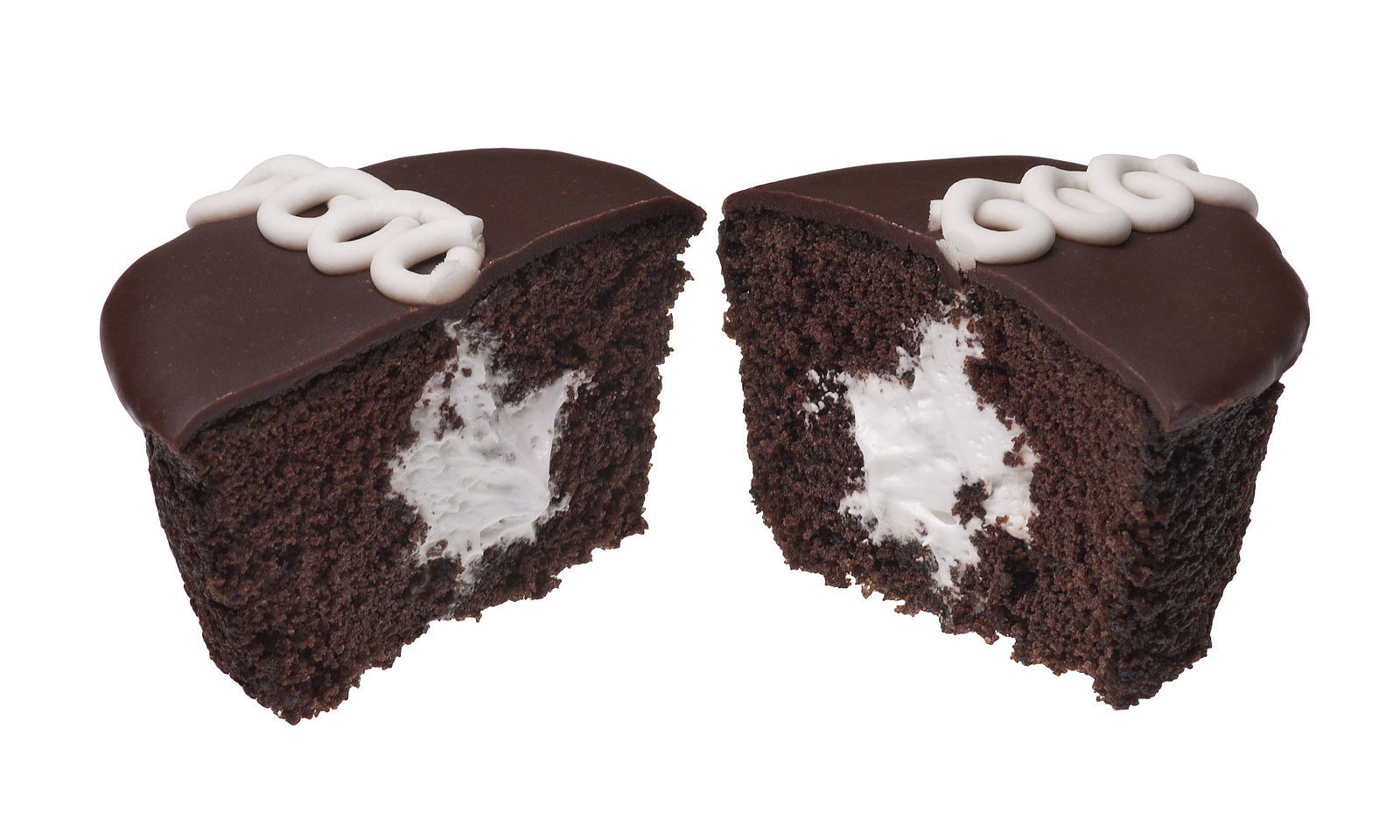
Hostess
Under J.M. Smucker’s ownership, certain Hostess items are scheduled to be cleared of artificial FD&C dyes by the end of 2027, with a pledge to phase out dyed products in K-12 school settings by the 2026–2027 school year. Evan-Amos, CC0, via Wikimedia Commons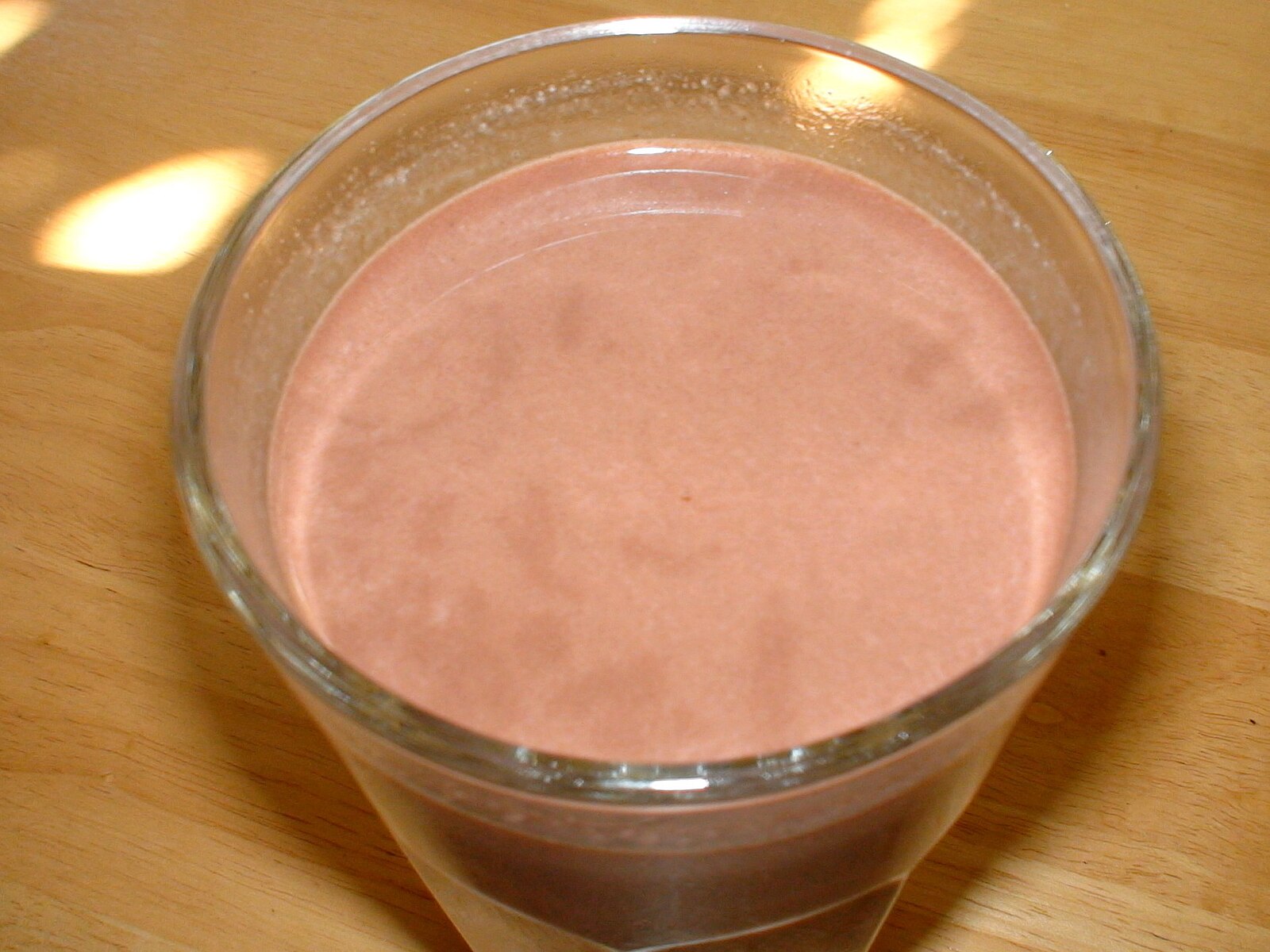
Nesquik
Nestlé USA has committed to eliminating all FD&C synthetic dyes from its U.S. food and beverage portfolio by mid‑2026. Nesquik products—such as Banana Strawberry powder and flavored milks containing Red 3—are explicitly listed for reformulation under this new initiative. In 2015, Nestlé had already refreshed its Nesquik strawberry powder with beet juice and cut added sugar by 27%. Sugar Bear, Public domain, via Wikimedia Commons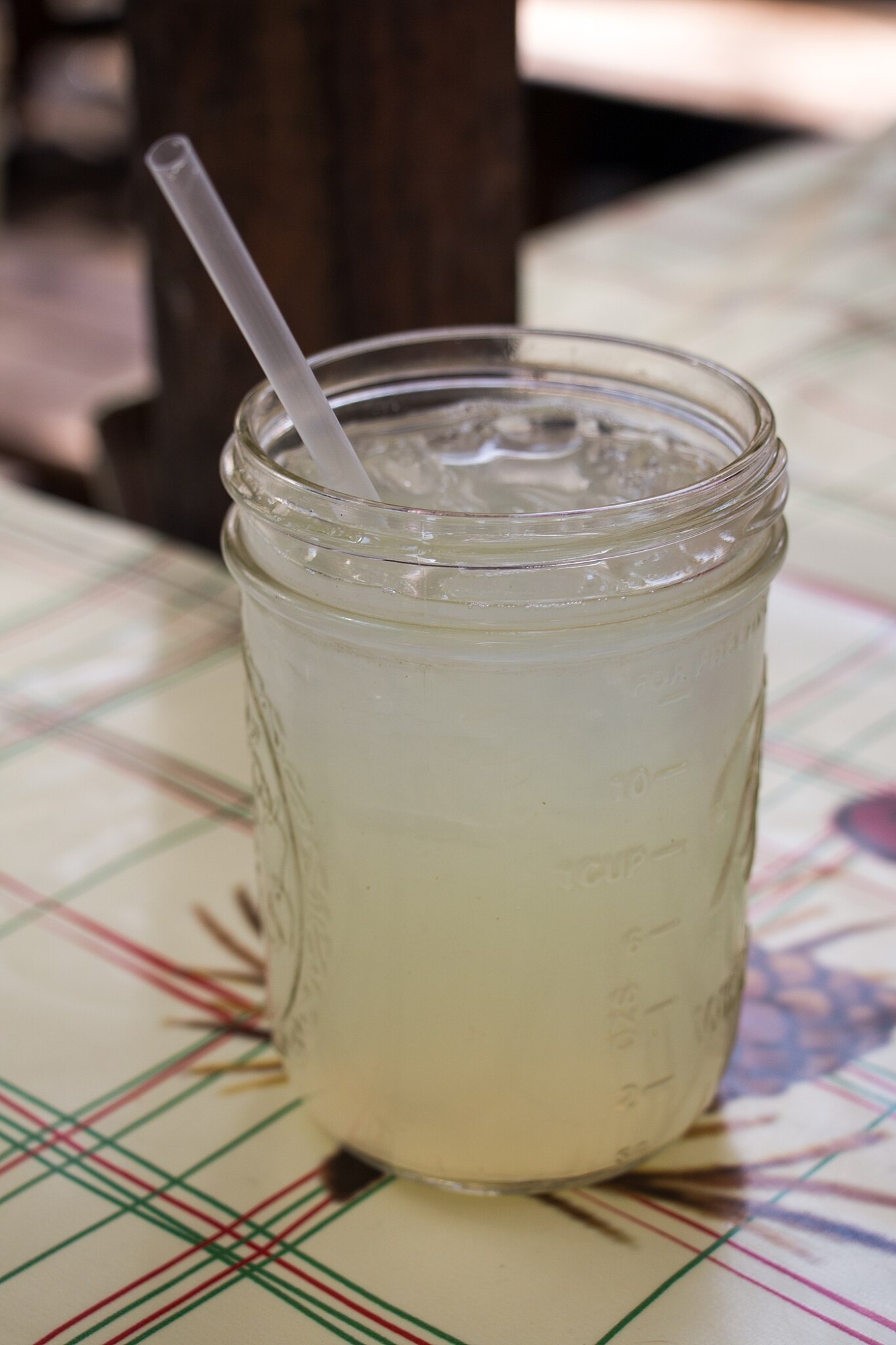
Crystal Light
Kraft Heinz has announced plans to eliminate all FD&C synthetic colorants from its U.S. products by the end of 2027, including major brands like Crystal Light. Crystal Light is explicitly named among the brands affected by the dye phase-out. HarshLight, CC BY 2.0 https://creativecommons.org/licenses/by/2.0, via Wikimedia Commons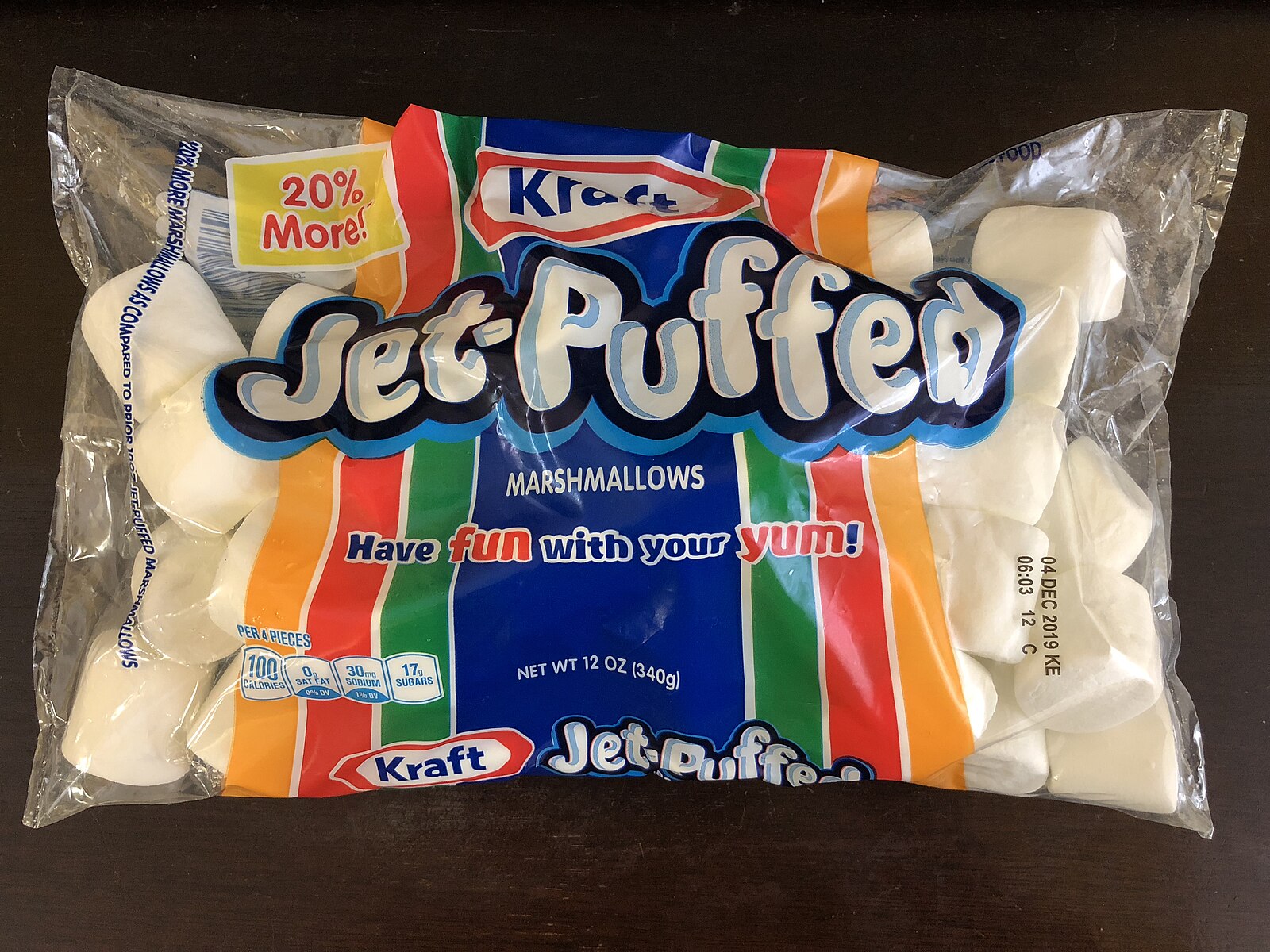
Jet-Puffed Marshmallows
Kraft Heinz has committed to eliminate all FD&C synthetic dyes from its U.S. product portfolio by the end of 2027. Jet‑Puffed marshmallows are explicitly named among brands still containing synthetic colors and therefore subject to reformulation under this initiative. Famartin, CC BY-SA 4.0 https://creativecommons.org/licenses/by-sa/4.0, via Wikimedia Commons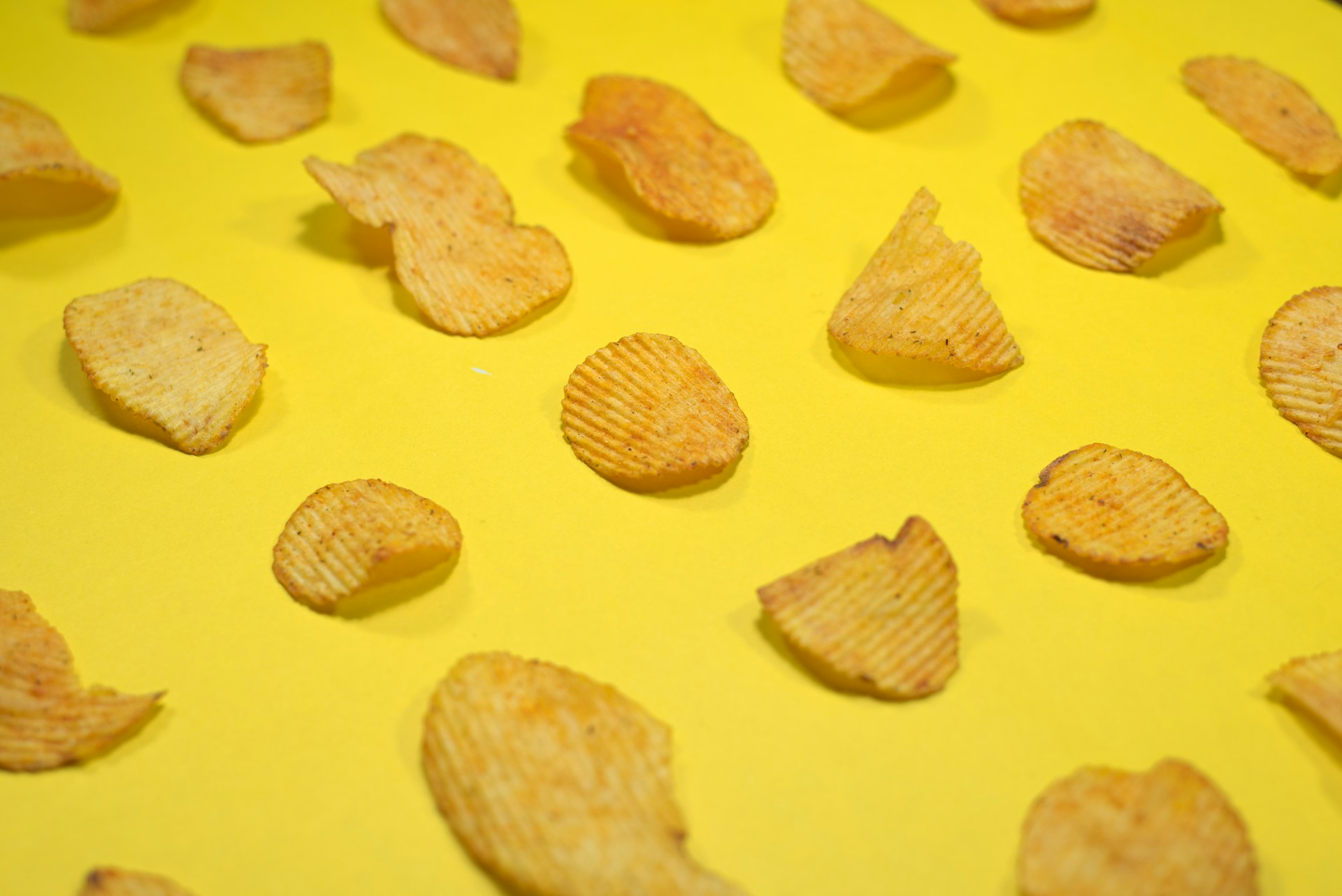
Removing Dyes Doesn’t Equal Health, Experts Warn Amid Reformulation Push
While brands are increasingly responsive to consumer demand and regulatory pressure, experts warn that removing food dyes doesn’t make junk food healthy. “As much as I love the idea of getting rid of artificial colors,” said Dr. Marion Nestle, “doing so is a nutritionally meaningless way of giving compliant junk foods the aura of health foods.”Still, with major corporations pledging reformulation, it’s clear that the food landscape is shifting—even if it’s just the color palette for now. GR Stocks / Unsplash